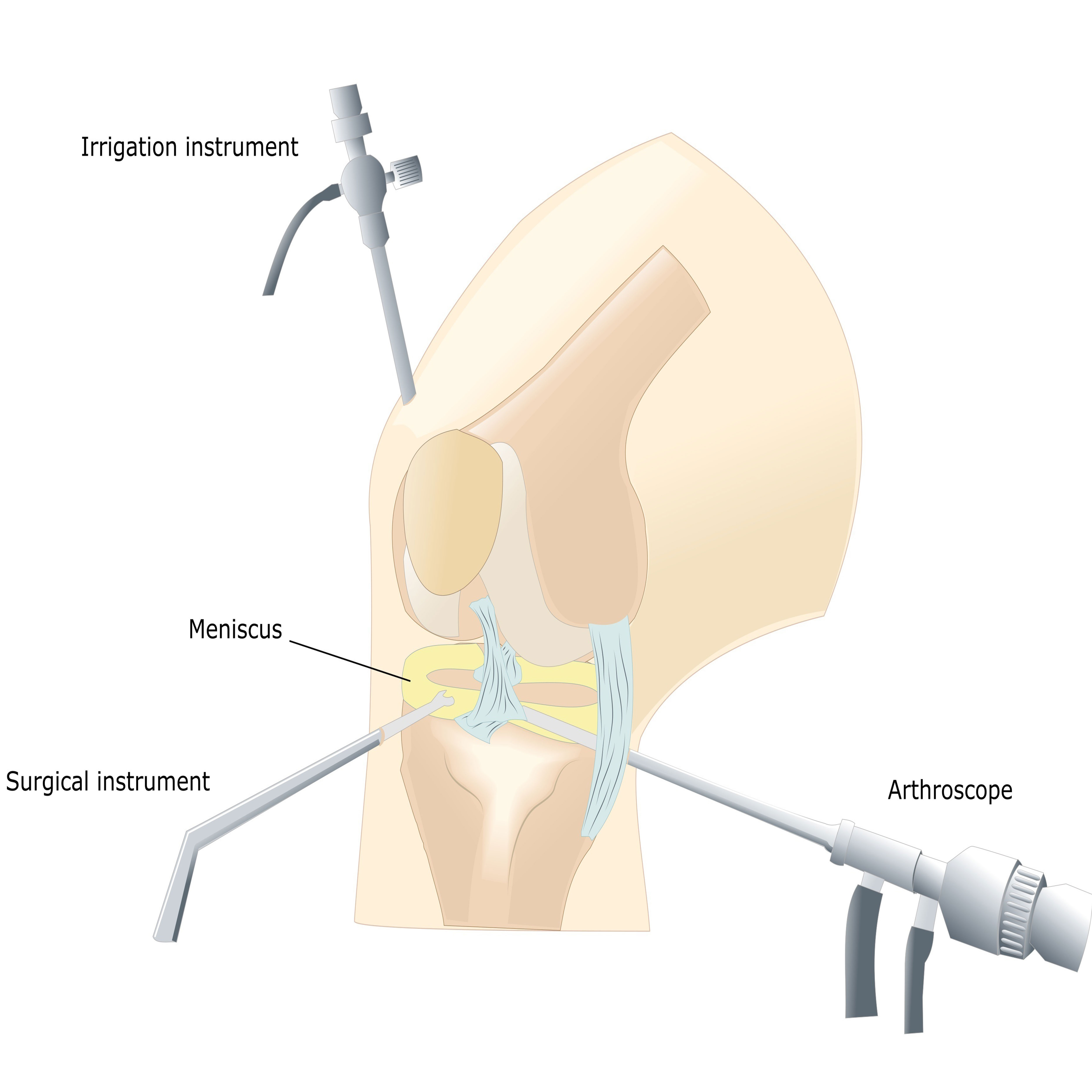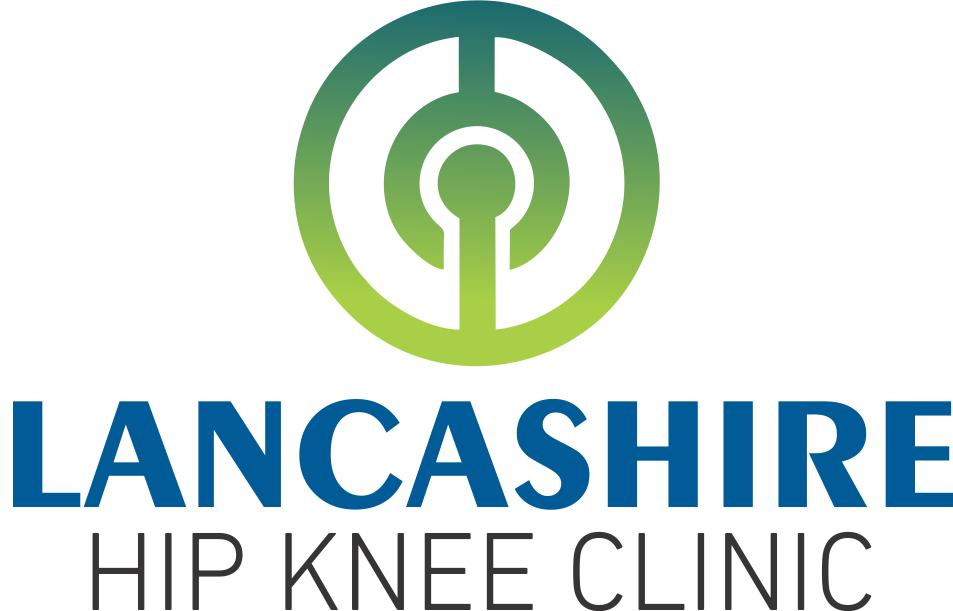Knee & Joint Arthroscopic Surgery
Knee arthroscopic surgery (keyhole surgery) has advanced dramatically in recent years. Knee arthroscopic procedures are now commonly regarded as the gold standard for treating a wide range of knee diseases, thanks to the development of highly specialized video systems, precise instruments, and radiofrequency probes.
Meniscal tears (cartilage tears) are usually treated via knee arthroscopy. Meniscal rips are commonly seen in patients following sports injuries, rapid twisting injuries, and can occur without any injury. The meniscus stiffens as patients age and can tear from frequent twisting and turning during daily activities. Unfortunately, once a meniscus is torn, it is unlikely to mend on its own. Patients frequently report pain along the joint line, clicking in the joint, discomfort during particular activities, episodic swelling of the knee joint, and occasional locking sensation. Symptoms frequently wax and wane, but very seldom go away completely without decisive treatment. Repairing the meniscus or trimming/resecting the torn piece of the meniscus are also options for arthroscopic surgery for meniscal injury.

Delayed diagnosis can make a difference as to whether or not the tear is repairable. Early specialist assessment is recommended for a successful long-term outcome.
Knee arthroscopy is also commonly performed for treating ligamentous injuries. One of the most commonly injured ligaments in the knee joint is Anterior Cruciate Ligament (ACL). Initial diagnosis is confirmed by clinical assessment and MRI scans. Patients generally have ACL rupture following a sporting injury or a pivoting injury to the knee joint. The knee joint often swells up soon after the injury and may take a few days for the swelling to go down. Most patients develop instability related symptoms from the knee joint during day-to-day activities or during sporting activities. Knee arthroscopic surgery can be performed to assess and reconstruct the ACL using your own tendons (hamstrings) using a minimally invasive technique.
Knee arthroscopy is also useful in treating conditions like a loose body within the joint, problems with the lining of the joint, instability of the patellofemoral joint (knee cap moving in and out of the joint) and to assess the degree of wear and tear in the joint.
Risks and Benefits
Overall, knee arthroscopy is a very successful operation. It can successfully tackle problems with meniscus (cartilage), ligaments, or the lining of the joint.
Risks of knee arthroscopy include infection (<1%), bleeding, DVT (clots in your leg), PE (clots in your lung), medical and anesthetic complications.
Rehabilitation and Recovery
You are generally admitted to the hospital on the day of surgery. Knee arthroscopy is performed as a day case procedure. During the hospital stay, a multi-disciplinary team including an orthopaedic team, ward doctor, nursing staff, and physiotherapist treats you. Once you and the team are happy with the progress, you are discharged from the hospital.
Post-operative mobilization includes the use of walking aids like crutches, to begin with. You can subsequently commence independent mobilization as soon as your pain allows.
You will generally have two small cuts on the skin around the joint. I normally use sterile-strips (tapes) on these wounds, which gives a nice scar and avoids the need for the sutures to be removed.
Full recovery following knee arthroscopy can be expected within a maximum of 4 to 6 weeks in the vast majority of patients.
- Knee Arthroscopy
- Meniscal Injuries
Copyright by FUW 2017-2024. All rights reserved.
